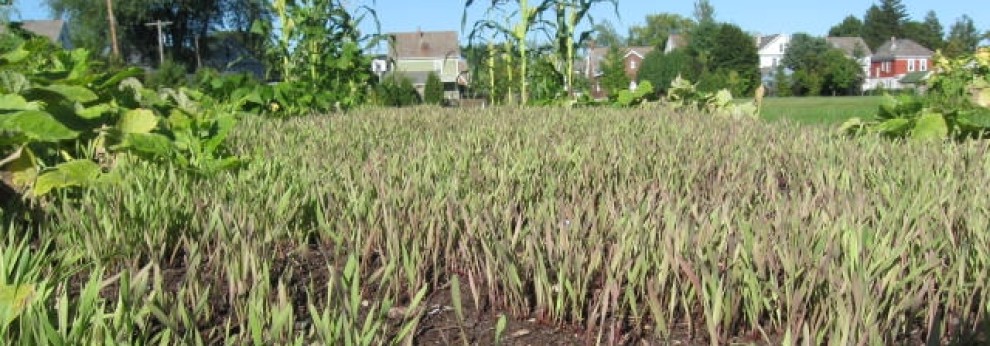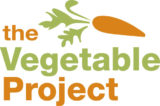 If our science teacher friends, especially at Myers Middle School in Albany, could stand a classroom lesson suggestion from the Vegetable Project folks, it would be to get classes outside, find your way to the milkweed plants in the accompanying picture, share with students the story of the amazing annual monarch butterfly journey and create a project around documenting Monarch sightings. Maybe even offer extra credit for collaborating with the Vegetable Project to put a variety of flowering plants that will attract mature monarchs to our garden. A number of candidates are listed here.
If our science teacher friends, especially at Myers Middle School in Albany, could stand a classroom lesson suggestion from the Vegetable Project folks, it would be to get classes outside, find your way to the milkweed plants in the accompanying picture, share with students the story of the amazing annual monarch butterfly journey and create a project around documenting Monarch sightings. Maybe even offer extra credit for collaborating with the Vegetable Project to put a variety of flowering plants that will attract mature monarchs to our garden. A number of candidates are listed here.
Maybe the monarch butterfly and its relationship with milkweed – monarchs deposit their eggs on milkweed, which serves as the sole food source for the monarch caterpillars – is no more important than 900 other items in the 25-mile wide and quarter-inch deep curriculum cooked up by the state Education Department. A visit to the garden, however, the significance of milkweed to a struggling species that tugs at the heartstrings, the devastating role that people play in in threatening the monarch’s survival and so much more can captivate disengaged students and stimulate a sense of awe. It can equip students with enough knowledge to proudly share with parents or others in their lives. And these are as crucial to teaching as the information or skills being taught. The opportunity to do and touch and experience create possibilities for motivating engagement that so many classroom moments lack.
More than just opportunities around the milkweed/monarch butterfly connection, we would urge members of the mainstream education community to get hands around voluminous research that points to social and emotional health benefits associated with contact with nature. Thus, teaching opportunities can come alive outdoors.
We have not planted milkweed. But we have been seeing more and more of it in recent years at our Myers garden – and considerably more this year. Right there is one of the coolest things about nature, the ability of seeds to survive and travel until finding a suitable spot to grow. And then, more than science lessons about species in the plant and animal kingdoms are windows into conversations about ecology, conservation, public policy and more. In other words, the milkweed/monarch connection offers educators a chance to let academic disciplines support one another. And that might be the biggest benefit of all from getting so much closer to real nature than textbooks and videos permit!
–Bill Stoneman



